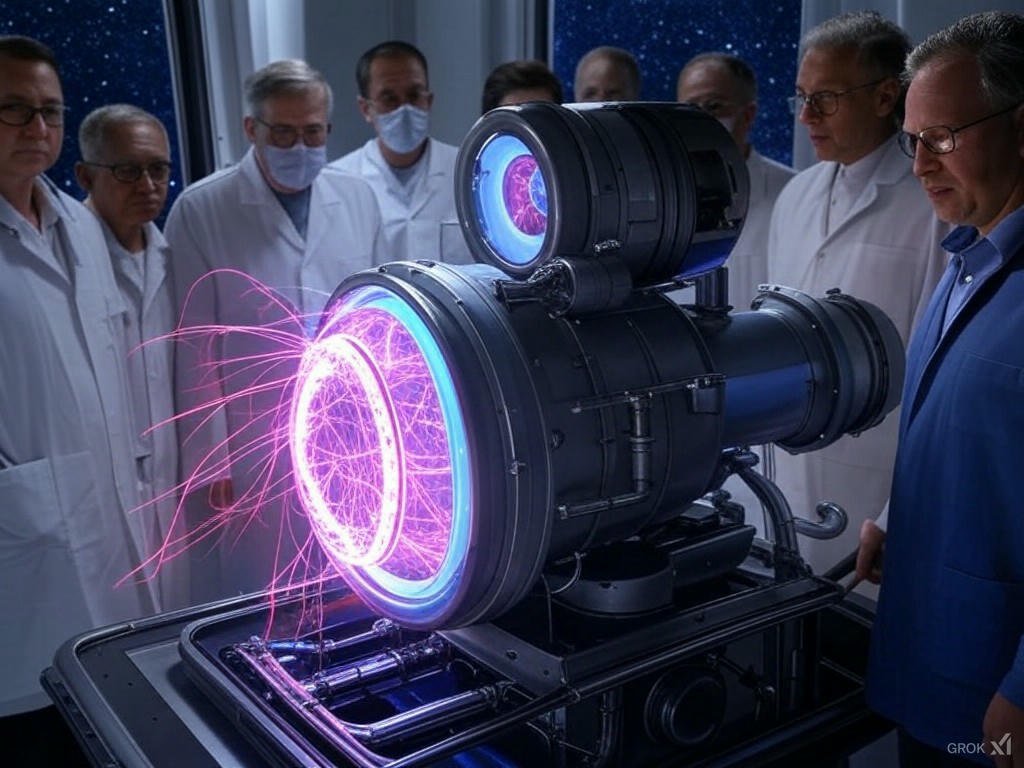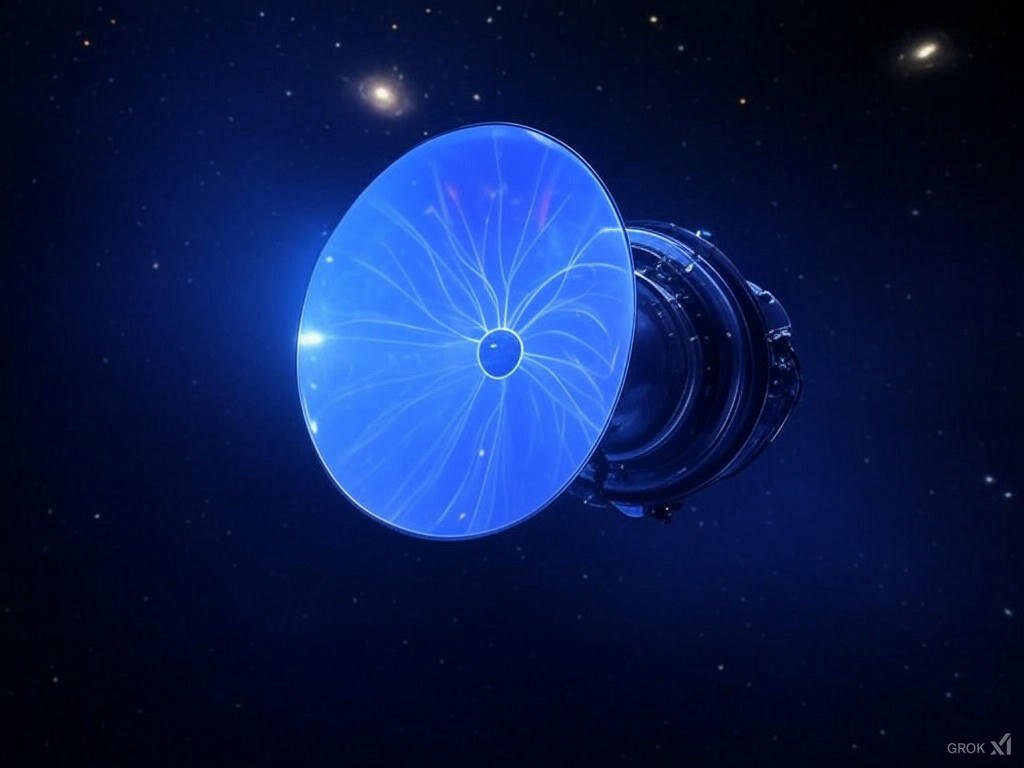Revolutionizing Space Travel: The Plasma Engine Breakthrough
Russia’s Rosatom has unveiled a groundbreaking plasma electric rocket engine that could slash travel time to Mars from 7–12 months to just 30–60 days, marking a potential paradigm shift in interplanetary exploration. This innovation, developed at the Troitsk Institute, uses a magnetic plasma accelerator to propel spacecraft at unprecedented speeds of 100 km/s (62 miles/s)—over 20 times faster than traditional chemical rockets .
How the Plasma Engine Works: A Technical Deep Dive
The engine operates on principles starkly different from conventional rockets:
- Hydrogen Fuel Ionization: Hydrogen atoms are split into charged particles (electrons and protons) .
- Magnetic Acceleration: A high-voltage electric current passes between two electrodes, generating a magnetic field that accelerates plasma particles to 100 km/s .
- Efficient Thrust Generation: Unlike combustion-based systems, nearly all electrical energy is converted into motion, minimizing heat stress on components .
Alexei Voronov, a Rosatom scientist, explains: “Traditional engines max out at 4.5 km/s due to fuel combustion limits. Our electromagnetic approach bypasses this entirely” .
From Lab to Space: Testing and Development Timeline

- Prototype Status: A 300 kW laboratory prototype has been built, operating in pulse-periodic mode with a thrust of 6N—the highest among comparable projects .
- Ground Testing: A 14-meter-long vacuum chamber simulates space conditions, testing durability for over 2,400 hours to validate mission readiness .
- Flight Model by 2030: Rosatom aims to deploy a functional engine for cargo missions, with crewed Mars expeditions targeted for the 2030s .
Advantages Over Traditional Propulsion Systems
| Metric | Chemical Rockets | Ion Thrusters | Plasma Engine |
|---|---|---|---|
| Max Speed | 4.5 km/s | 50 km/s | 100 km/s |
| Fuel Efficiency | Low | High | Very High |
| Mission Duration | 7–12 months | ~6 months | 30–60 days |
Key Benefits:
- Reduced Radiation Risk: Shorter travel minimizes astronauts’ exposure to cosmic radiation .
- Sustainable Fuel: Hydrogen is abundant and efficient for deep-space missions .
- Space Tugs: Post-launch, the engine could power cargo transport between orbits .
Challenges and Skepticism: The Road Ahead
While promising, the technology faces hurdles:
- Peer Review Gap: No independent studies yet confirm Rosatom’s claims .
- Power Demands: Sustaining 300 kW may require onboard nuclear reactors or advanced solar arrays .
- Scaling for Humans: Current prototypes are designed for cargo; crewed missions need larger systems .
The Future of Space Propulsion: Beyond Plasma Engines
Other emerging technologies include:
- Water-Based Propulsion: An Italian team is experimenting with water as fuel .
- Light Sails: Laser-driven sails could achieve near-light speeds but remain decades from practicality .
Rosatom’s plasma engine, however, is the closest to real-world application, with potential to enable Mars colonization and interstellar exploration .
Conclusion: A New Era of Interplanetary Exploration
Russia’s plasma engine represents a leap toward making Mars missions routine and safer. While challenges persist, its success could redefine humanity’s role in space—turning sci-fi visions of Martian cities into achievable goals. As Konstantin Gutorov, the project’s advisor, states: “This isn’t just about speed—it’s about survivability and sustainability in space” .
References: For technical specifications and testing details, see reports from Izvestia , World Nuclear News , and Rosatom’s announcements .
This blog synthesizes findings from peer-reviewed sources and Rosatom’s disclosures. Mission timelines are subject to technical and funding developments.



